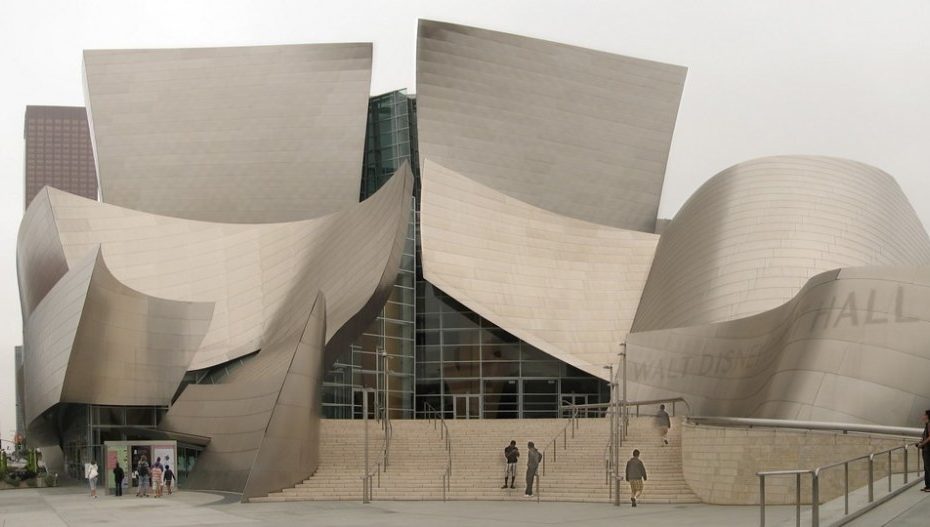The United States has cities with some incredible structures, like the elegant Art Deco design of the Chrysler building, the impeccable acoustics of the Walt Disney Concert Hall, or the locally-sourced limestone of the historic Alamo Mission. These buildings give us a taste of American history, from the grand ambitions of its founding to peeks at bygone eras.
But something like India’s Sanchi Stupa— a temple from the 3rd century BC believed to house the ashes of Buddha— hits a little different compared to something built mere decades ago. The US was founded in the 1700s, so it’s a baby compared to some other countries, but people existed in North America as early as 20,000 years ago, long before colonial settlers arrived and claimed the land for their own. With that in mind, it sometimes feels like history has been swept under the rug in favor of shiny, new buildings that exude strength and greatness, but not much else.
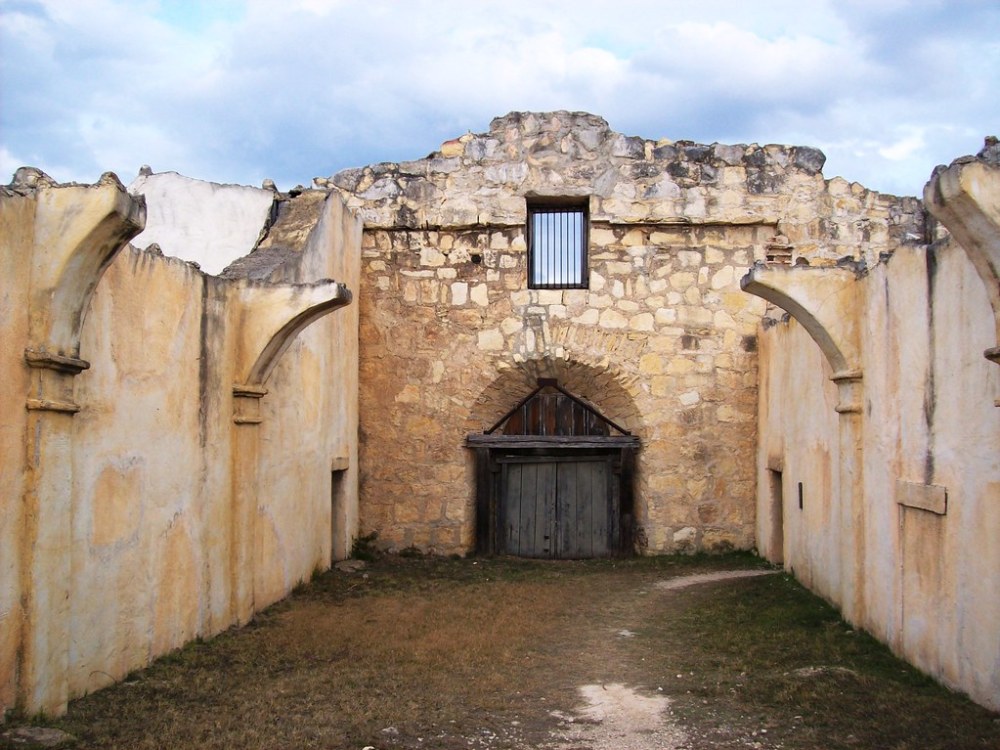
Photo by Matthew Lee High
So what can be done in the United States to ensure old architecture and new building developments honor the past and maintain a city’s character? If the population of America continues to grow (even at a slower rate than previous years), why shouldn’t its cities focus on uniform high-rises and condos? And when is it appropriate to demolish a building?
While these are all complex questions, the problem is not exclusive to the United States. Cities around the world struggle in their own ways with historic building preservation.
In Vietnam, concrete, glass, and steel structures are gradually replacing the iconic buildings that made Saigon “the Pearl of the Far East.” In the late ‘90s and early 2000s, Hanoi’s Old Quarter saw a drastic drop in French and European-style buildings. This was a symbolic gesture in the aftermath of Vietnam declaring independence from France in 1945, but while that history may be challenging to face, it is also a fact of their past.
For building preservation in the US, federal protection seems like an obvious solution. This can come from the National Register of Historic Places, but earning this status “places no restrictions on what a non-federal owner may do with their property up to and including destruction.” The designation protects the building from being demolished by a federal agency, but otherwise, anything is fair game. That means rules and regulations are established most often on a local basis, and these can vary widely based on resources and demand from city to city.
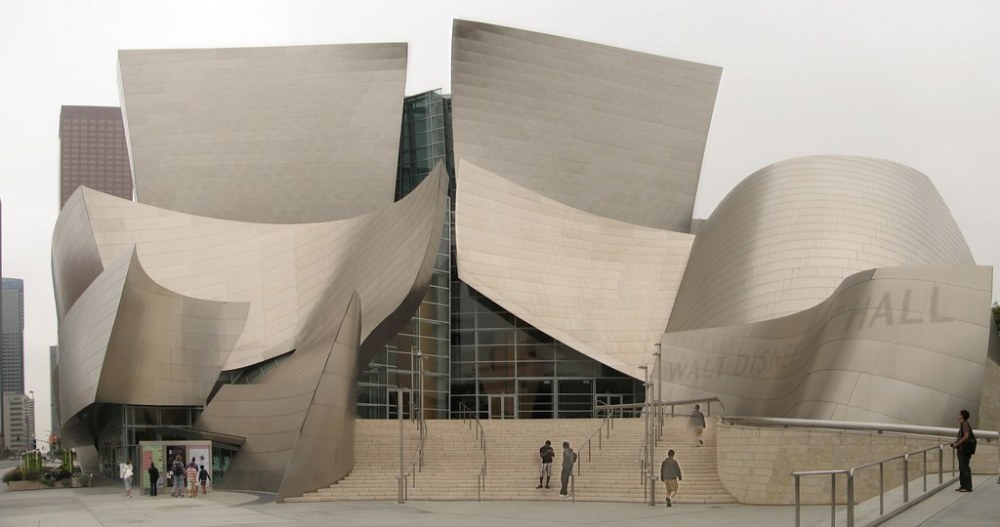
Photo by Kwong Yee Cheng
In Boston, for example, buildings (as well as memorials, monuments, and parks) can be designated as historically significant in one of two ways, either individually or as an area of the city. On the flip side, the historic river town of Cairo, Illinois, has seen a steady decrease in population, and the lack of demand makes it challenging to raise the kind of funds necessary to preserve abandoned buildings.
In Tennessee, Nashville History on Tour CEO David Ewing explained that the city’s individual buildings cannot be protected; instead, protected areas are designated in city blocks.
“There’s a quasi-judicial board called the Metro Historic Zoning Commission,” Ewing told me. “Those are appointed by the mayor and approved by our city council, and those people hear cases in one of these districts. These districts have to be introduced by the Metro Council, and usually they’ll only introduce a district if a majority of his constituents and property owners want it.”
These laws mean that owners give up property rights to ensure that buildings don’t get torn down, replaced, or redesigned into something more modern. Ewing also said that the district protection dictates the scale of the buildings, so a high-rise won’t pop up in a place where there were previously only shorter buildings.
“We had the NFL Draft three years ago,” he continued. “If you look online at pictures of the NFL Draft, there’s this district of three and four-story buildings, and there are 200,000 people in the streets, and people on the rooftops, and it just looks like a cool, fun entertainment district. We wouldn’t have had that if we didn’t have the overlay, because most of those buildings probably would have been torn down in the last five or six years, and tall, glass, modern buildings would have been put there. It just doesn’t have the same vibe, and the same feel of that.” Ewing admitted that, as a historian, he’s always looking at the past, and that the architecture of Nashville changes day by day.
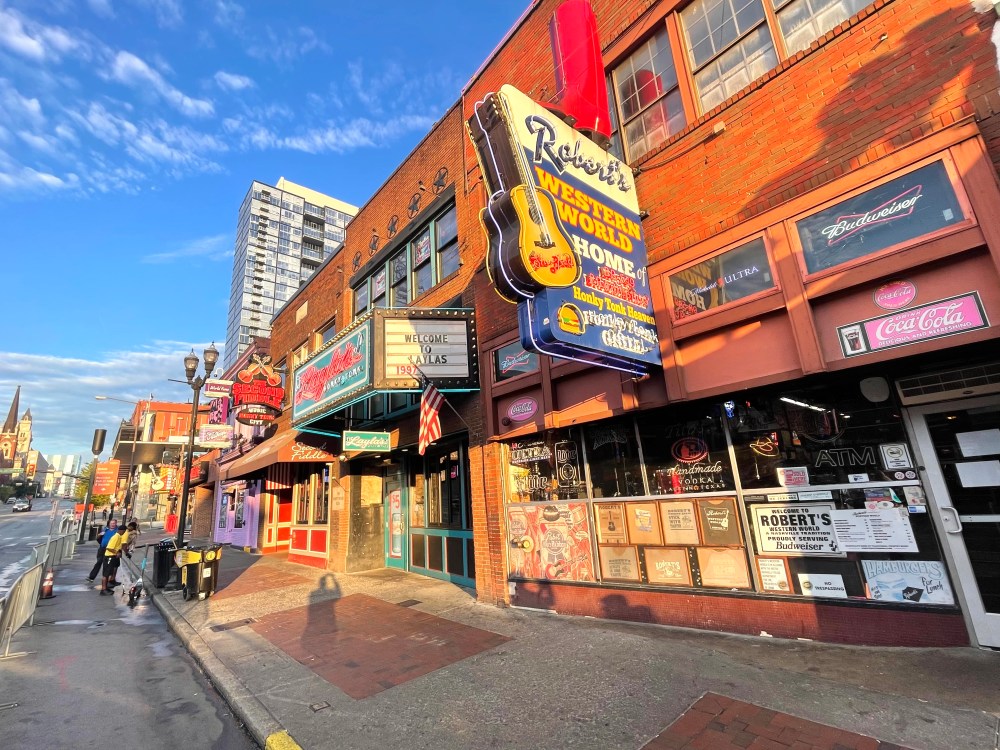
Photo by David Ewing of Nashville History on Tour
This sense of ephemerality sadly rings true for the US as a whole, where many historic buildings have been threatened or demolished. During the Trump administration, Arizona’s UNESCO-honored Organ Pipe Cactus National Monument saw catastrophic damage from controlled blasting in order to build a border wall. In Washington, the landmark status of a 60-year-old school affiliated with the region’s Native American population wasn’t enough to stop Seattle Public Schools from demolishing it. Stories like this, along with the homogenization of modern cities, can make it feel like America wants a pass on the past in favor of a fresh, sanitized start.
The land that eventually became the United States has a deeper history beyond what began in 1776, and it’s not a particularly pretty one, born from colonization and oppressors claiming what they want as theirs. Since this past is a source of pain for many people, its preservation requires nuance, work, and careful consideration of what to keep or demolish. So what can that work look like?
Last year, a community in British Columbia pushed for the demolition of a building that housed a residential school, colonial institutions that aimed to strip indigenous children of their identity. Students were forbidden from speaking their native language, forced to conform to the culture of their oppressors, and often experienced assault and abuse. These schools started popping up in Canada in the 1880s, and the last one didn’t go out of service until the 1990s.
The community for the school in the Lower Post didn’t want this constant reminder of dark history, and locals fought for decades to have it taken down. “The residential school was a place of abject loneliness and unspeakable trauma for children forced apart from their families,” said B.C. Premier John Horgan. Residents got to determine what would be built in its place, such as a memorial, to go along with a newly constructed community center nearby. While the past can’t be undone, the people here can at least work towards a brighter future.
In this situation, the solution came from restoring power to the people, rather than a government prioritizing a bottom line with urban development goals. While federal government protection might be nice, the truth is that historic preservation in the United States is a relatively new concept. In an article for The Washington Post, Roger K. Lewis wrote, “Fifty years ago, few Americans talked or thought about ‘historic preservation,’ a term never heard when I studied architecture in the 1960s. Historic preservation was neither a public policy issue nor part of America’s architectural, planning and real estate development culture. Historic-preservation laws didn’t exist.” It might take a while for action to take place at the widespread rate it’s needed, but for now, protecting historic places happens more effectively on a local level.
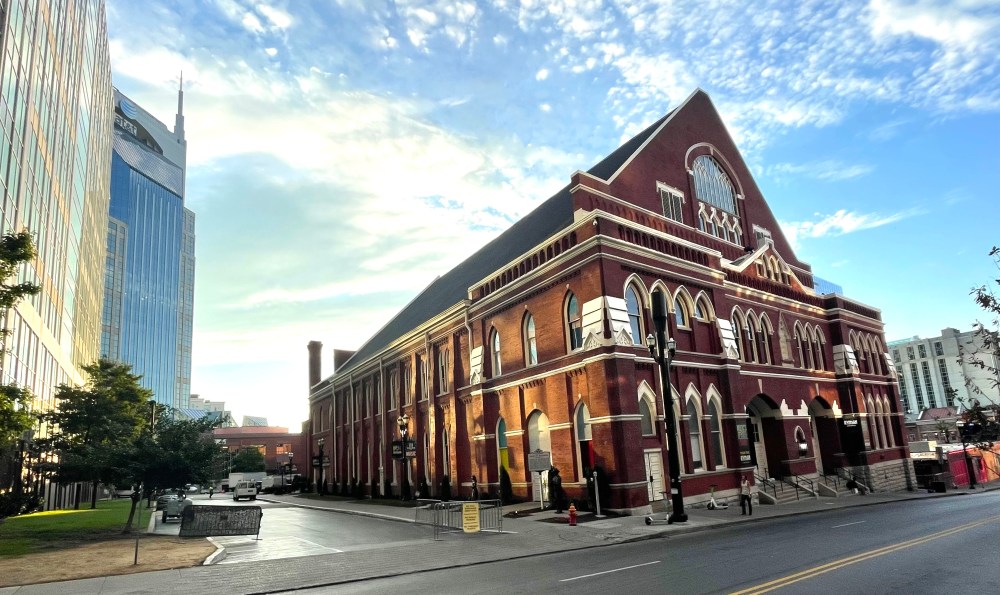
Photo by David Ewing of Nashville History on Tour
Local politics doesn’t always offer a level playing field for folks, but communities can still make a difference outside of local elections, too (especially when armed with knowledge on how to be a preservationist). Ewing mentioned that one of the reasons Nashville’s famed Ryman Auditorium survived a bid for destruction was due to a group of like-minded people banding together. Individuals initiated that change, and as a result, the Ryman is one of the most well-known venues in the music industry. Every state has resources like community organizations, historical groups, developers passionate about preservation, and State Historic Preservation Officers that strengthen the protection of historic buildings.
Every individual place is inevitably different, but the people who live there should ultimately have a say in the design of a town or city, as well as what historic buildings should remain. After all, who better knows the history, character, and quirks of a place than the people who actually live there?
Header photo of Nashville, TN by David Ewing of Nashville History on Tour
